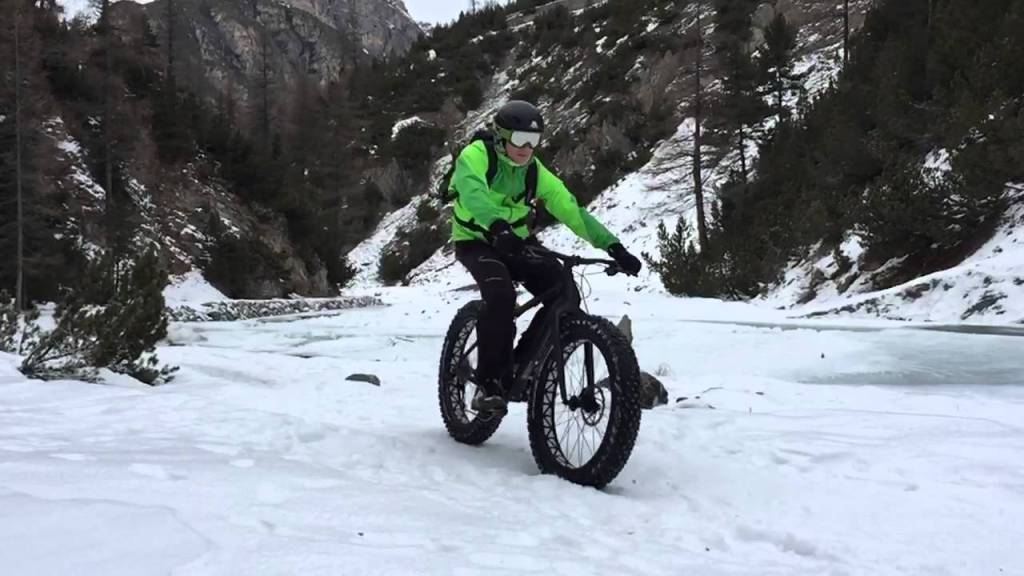Who says riders have to trade their mountain bikes for skis or snowboards in the winter? Those bikes you may have noticed with enormous tires called fat bikes are versatile, have great rollover and can handle nearly any terrain, which makes them a great way to tackle the snow.
If you’re thinking of taking one out for a spin, though, there are some things you’ll want to know beforehand.
Fat Bikes are User-Friendly
If you’ve ridden mountain bikes, then you can ride a fat bike; they’re very similar. Fat bikes are also great for beginner cyclists in general, not just those who live in snowy or mountainous regions.
Variety on the Market
In the past few years, the fat bike market has exploded, and companies are now offering fat bikes with frames available in nearly every material, including aluminum, carbon, bamboo and steel. Furthermore, this rise in popularity has allowed companies to fine-tune their bike models’ suspension forks; some smaller builders even offer custom, full-suspension frames.
They Handle Like a Dream
The wider tires on a fat bike provide more traction in both dirt and snow, which allows the bikes to climb uphill like no other bike can. You can rely on your bike’s stability on flat, snow-covered meadows, steep backcountry trails, local singletrack trails and even just around town. They also take corners better than almost any bike and are fun to lock up and slide around on packed snow.
Dress for the Cold
Most riders take their fat bikes out in the colder months, which means dressing for the weather is a must. Think layers and carry a pack to store those layers. Also, it’s just as easy to overheat, sweat and suffer hypothermia when riding in the cold as it is to under-dress and be miserable. Clothing will vary depending on user comfort and the weather, but a good rule is to protect your hands and face first.
Don’t Forget to Hydrate
Putting fluids in your body is often more important in the winter than in the summer, especially if you ride at high altitudes, so be sure to bring more than enough water for your ride. You’ll also need to take care to keep your drink from freezing, so it’s smart to use an insulated water bottle, neoprene sleeve or even start with warm water.
Keep Those Toes Warm
There is no substitute for warm, snug toes on a winter ride. You don’t need to invest in special riding shoes as long as you have well-insulated, waterproof shoes and wear thick insulated socks, but there are several excellent shoes and boots designed for snow riding. Anything from 45NRTH is a solid bet for snow riding.
Reduce Tire Pressure
One cool thing about fat bikes is the ability to run their tires at pressures as low as 5psi, but 8 to 10psi is ideal for most riders. Lower pressure may damage their rims on in the summer months, but too much pressure can make your ride feel rigid and bouncy.
Plan for the Worst
In the outdoors, it’s always a good idea to be prepared, and that goes double in the winter months. If possible, pack emergency items like a lighter or fire-starter, space blanket, map, compass, pocket knife and a flashlight. Also, if you’re in predator country, consider taking something to protect yourself, like bear spray. Finally, be sure to let someone know where you’ll be riding.
Photo credit: Youtube








